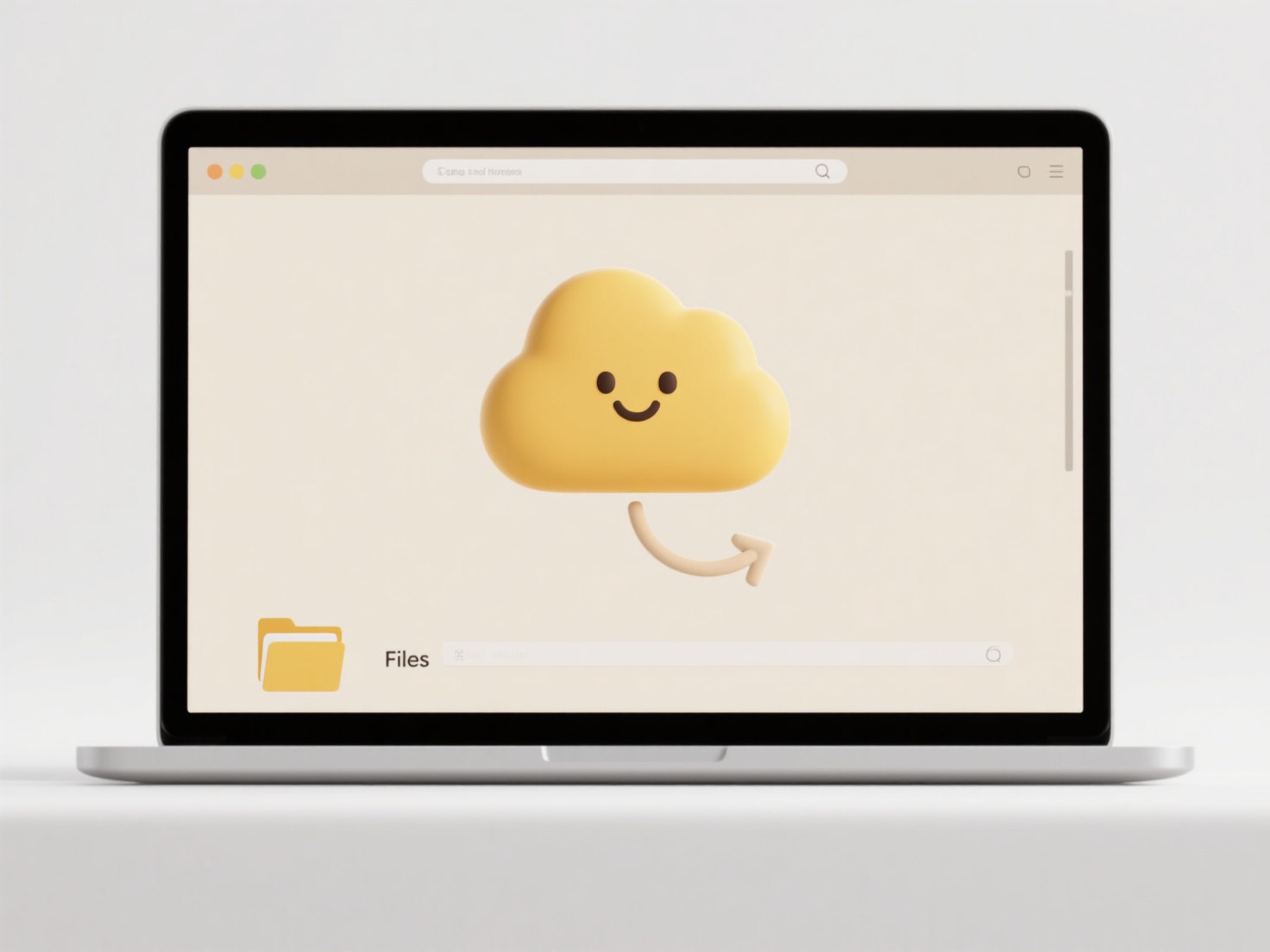
No, you cannot directly prevent printing of a shared file itself once it's downloaded to a user's device. Blocking printing involves controlling how a recipient uses the file after they possess a copy, which is technically different from simply controlling access or editing permissions for the file during sharing. Some platforms offer features to restrict printing within their viewing environment, but these restrictions typically only apply while the file is accessed online through that specific platform.
Solutions like digital rights management (DRM) for sensitive documents or print restrictions in cloud storage/document collaboration platforms provide practical examples. For instance, enterprise cloud storage and document management systems might offer an option to disable the print button when users preview a file within a web browser. Alternatively, highly confidential industries like finance or legal might embed DRM into PDFs or documents that enforce "no print" policies regardless of where the file is opened, though this requires specific DRM software.

While these restrictions offer benefits for content protection and confidentiality, enforcing them reliably poses technical challenges. Savvy users can circumvent browser-based restrictions, and dedicated DRM requires significant setup and user buy-in. This limitation highlights a fundamental tension: true sharing inherently risks losing control over usage. Future solutions may evolve, but complete print prevention remains elusive without severely hampering legitimate file usage or accessibility.
Can I block users from printing a shared file?
No, you cannot directly prevent printing of a shared file itself once it's downloaded to a user's device. Blocking printing involves controlling how a recipient uses the file after they possess a copy, which is technically different from simply controlling access or editing permissions for the file during sharing. Some platforms offer features to restrict printing within their viewing environment, but these restrictions typically only apply while the file is accessed online through that specific platform.
Solutions like digital rights management (DRM) for sensitive documents or print restrictions in cloud storage/document collaboration platforms provide practical examples. For instance, enterprise cloud storage and document management systems might offer an option to disable the print button when users preview a file within a web browser. Alternatively, highly confidential industries like finance or legal might embed DRM into PDFs or documents that enforce "no print" policies regardless of where the file is opened, though this requires specific DRM software.

While these restrictions offer benefits for content protection and confidentiality, enforcing them reliably poses technical challenges. Savvy users can circumvent browser-based restrictions, and dedicated DRM requires significant setup and user buy-in. This limitation highlights a fundamental tension: true sharing inherently risks losing control over usage. Future solutions may evolve, but complete print prevention remains elusive without severely hampering legitimate file usage or accessibility.
Quick Article Links
How do I make sure only one person can edit a file at a time?
File locking prevents simultaneous editing conflicts by reserving exclusive write access to a file for one user. When en...
How do I show file extensions in Windows?
File extensions are suffixes added to filenames (like .docx, .jpg, or .exe) that indicate the file type and tell Windows...
Why doesn’t my saved file show up in the cloud?
Saved files rely on cloud synchronization—a background process that transfers changes between your local device and remo...